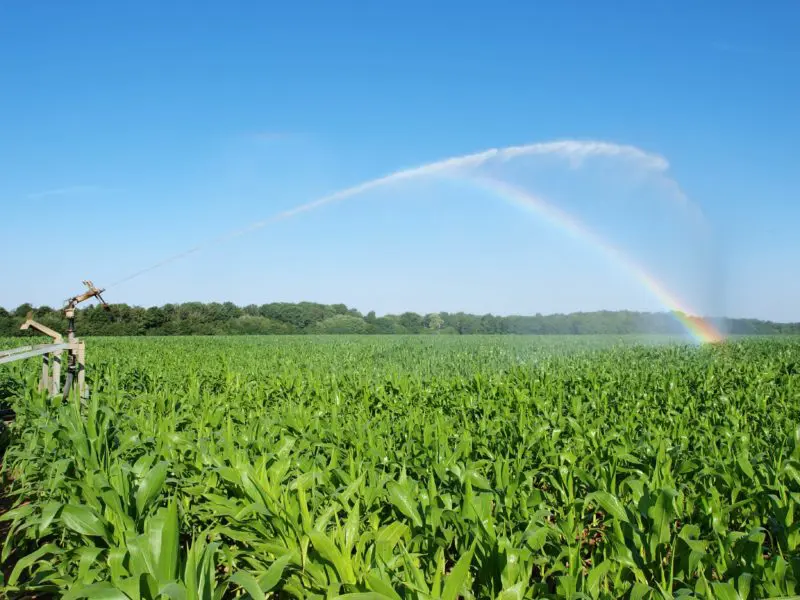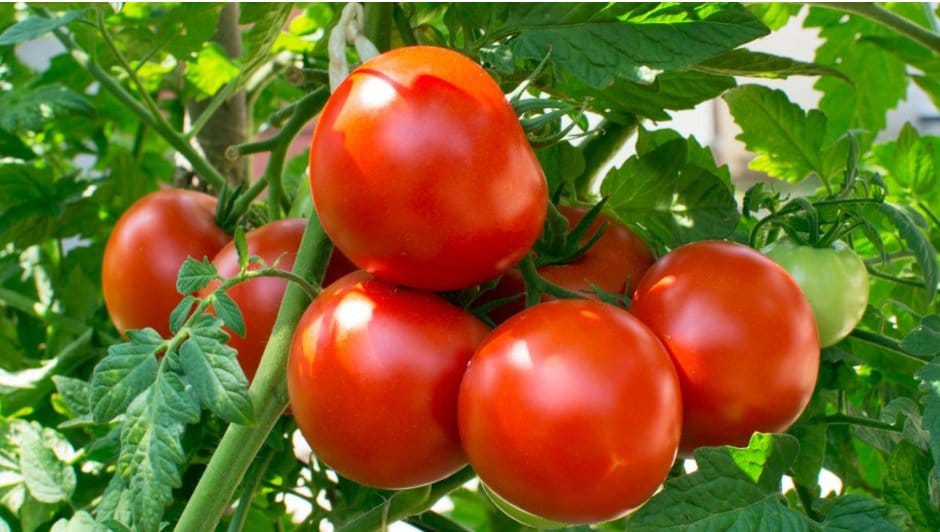Top Maize farming techniques every farmer should know for better harvests

Maize, also known as corn, is one of the most important staple crops in Africa and across the world.
In Kenya, Uganda, Tanzania and many other countries, maize forms the backbone of food security, with millions of households relying on it as a daily meal. However, many farmers still struggle with low yields, often due to poor farming methods, pests and climate challenges.
To change this, farmers need to adopt modern maize farming techniques that guarantee higher productivity and profitability.
A successful maize farming journey begins with land preparation and soil testing.
Before planting, the land should be cleared of weeds and bushes to reduce competition. Proper ploughing and harrowing create a fine seedbed that encourages strong root development. Farmers are also advised to test their soil to determine its pH and nutrient content. Maize performs best in soils with a pH between 5.5 and 7.0. If the soil is too acidic, applying lime helps neutralize it, improving nutrient availability to the crop.
Another important step is selecting the right maize variety.
Farmers should choose seeds based on their region and market demand. Hybrid maize varieties are highly recommended because they produce higher yields and are more resistant to diseases. In dry areas, drought-tolerant varieties ensure harvests even under limited rainfall. Where rains are short, early-maturing varieties are ideal. Farmers must also consider grain preferences in their markets such as white or yellow maize since these affect sales.
Proper planting techniques also contribute to higher yields. Certified seeds should be planted at a depth of 3–5 centimeters in moist soils. The recommended spacing is 75 centimeters between rows and 25 centimeters between plants, which allows for adequate sunlight, aeration and root development. On average, farmers require 10–12 kilograms of seed per acre, depending on the variety used. Planting recycled seeds is discouraged, as they produce weaker plants with reduced yields.
Fertilizer application is another critical factor.
Since maize is a heavy feeder, it needs adequate nutrition throughout its growth cycle. At planting, farmers should apply DAP (Diammonium Phosphate) or similar fertilizers to promote strong root development. Top dressing should be done when the maize is knee-high around 3 to 4 weeks after germination using CAN (Calcium Ammonium Nitrate) or urea to encourage healthy growth. Farmers who add organic manure or compost to their soils improve fertility and structure, ensuring long-term productivity.
Weed management is equally important in maize farming.
Weeds compete with maize for nutrients, water and sunlight, which can drastically reduce yields. Farmers should weed at least twice: the first weeding should be done 2–3 weeks after germination, and the second just before top dressing. Herbicides can also be used where possible, but farmers must follow recommended safety guidelines to avoid crop damage or soil contamination.
Pests and diseases remain a major challenge to maize production.
Fall armyworm, for instance, can destroy entire fields if not controlled early. Farmers are encouraged to use integrated pest management (IPM), which combines biological control, cultural practices and safe chemical use. Maize Lethal Necrosis (MLN) is another destructive disease, and the best preventive measures include crop rotation and planting resistant varieties. Stalk borers can also be controlled through timely planting and good farm hygiene.
In areas with limited rainfall, irrigation and water management make a significant difference in maize yields. Drip irrigation is highly efficient because it delivers water directly to the roots while minimizing wastage.
Mulching is another cost-effective method that conserves soil moisture and improves fertility. Farmers should pay special attention to irrigation during critical growth stages such as germination, tasseling, and grain filling.
Harvesting and post-harvest handling determine whether a farmer enjoys maximum returns or suffers losses. Maize should be harvested once the cobs are dry and grains have hardened. After harvesting, proper drying is essential to reduce the moisture content to below 13 percent. This prevents mold and aflatoxin contamination, which are major health and trade concerns. For storage, farmers should use aerated granaries, hermetic bags or silos to protect maize from pests and weevils.
Finally, value addition and marketing open up new income opportunities.
Instead of selling raw maize, farmers can process it into flour, animal feed or packaged products for supermarkets. In urban areas, boiled and roasted maize also have a ready market. Understanding customer demand and researching market prices ensures that farmers sell at the best possible value.
In conclusion, maize farming is more than just planting seeds and waiting for rainfall. It requires planning, investment and consistent management practices. With growing populations and changing climate conditions, modern maize farming methods remain the key to sustainable agriculture and profitable agribusiness.










